Navigating the Cartersville campus raises accessibility concerns for students and faculty. Questions have surfaced regarding the placement of handicap parking and pathways into each building of the campus. An investigation into campus infrastructure reveals a chance for potential remedies.
In an email interview with Director of Facilities, David Vanhook, it was discussed whether or not there could be more accessible doors available without having to walk a long distance.
When timing the automatic accessible doors of the A building and B building, each door ranges from 20 to 22 seconds. It took approximately seven seconds for the door to fully open wide enough for a wheelchair to pass through and stayed open for 14 to 15 seconds. Each door within the two sets opens and closes at the same time.
VanHook clarified that while all doors on campus meet the ADA code requirements, there are discussions about the need for more doors equipped with automatic openers to facilitate easier access, especially for individuals with mobility issues.
The mention of locked double doors at the back of the A building, paired with nearby handicap parking spots, underscores a significant barrier hindering access to the building. However, he deferred discussions on door locking protocols to the campus police department.
There is one set of automatic doors on the west end of the A building near the handicap parking, but to get to the only elevator, one would have to walk the length of the building to get to the other end to get upstairs. This is especially difficult for accessibility issues where distance is a factor.
“There is a project proposed to add more parking near these doors and connect to them via a sidewalk so the doors can be more easily used,” Vanhook said.
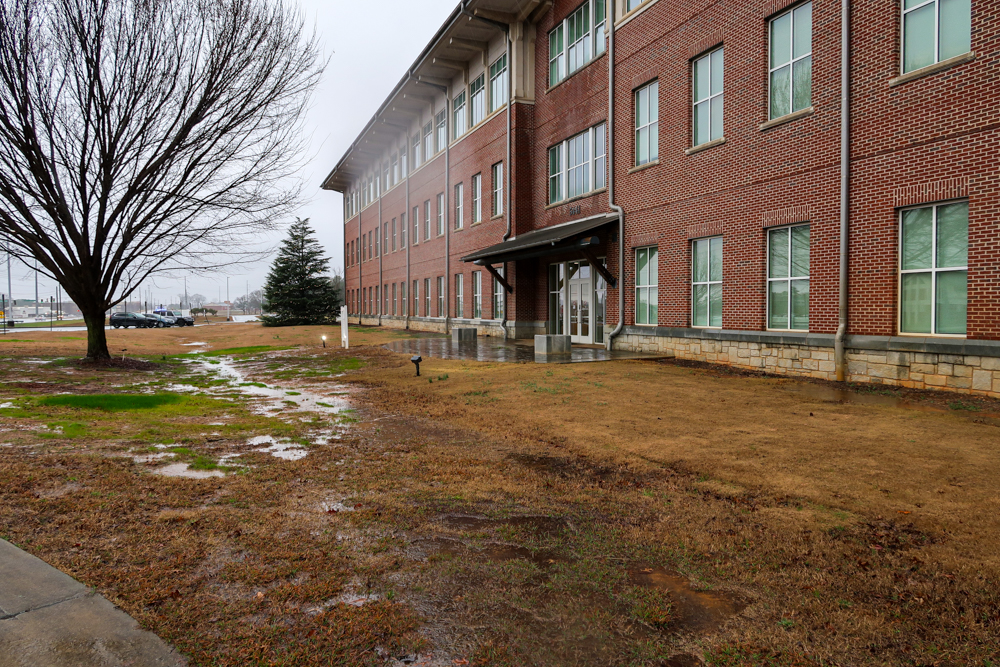
The area depicted here often becomes muddy and difficult to traverse for anyone attempting to reach the double doors located within the concrete space. This site is earmarked for a proposed project aimed at installing a sidewalk for improved access to the doors.
Though when asked for specifics, a breakdown of the cost was not given. However, Vanhook added that the project is currently in the feasibility study phase of planning.
Allen Dutch, Division Chair of Humanities, highlighted the importance of understanding diverse mobility needs beyond wheelchair users, advocating for proactive engagement with affected individuals to address their specific requirements effectively.
“I don’t think people are intentionally insensitive; I just think they don’t have the experience of knowing what it means to need accessibility,” Dutch said.
Additionally, he emphasized the need for inclusive campus design, suggesting that some of its design choices might accidentally make it harder for people with disabilities to get around.
“To me, part of the design of this campus is to be open, spacious and inviting. In some ways though, that design can be contrary to accessibility,” Dutch said.
In an interview with the Dean of Cartersville campus, Leslie Johnson addressed past discussions on accessibility enhancements, acknowledging the challenges of reconciling budgetary constraints with student needs.
Johnson emphasized ongoing considerations while outlining the complexities involved in prioritizing resources effectively.
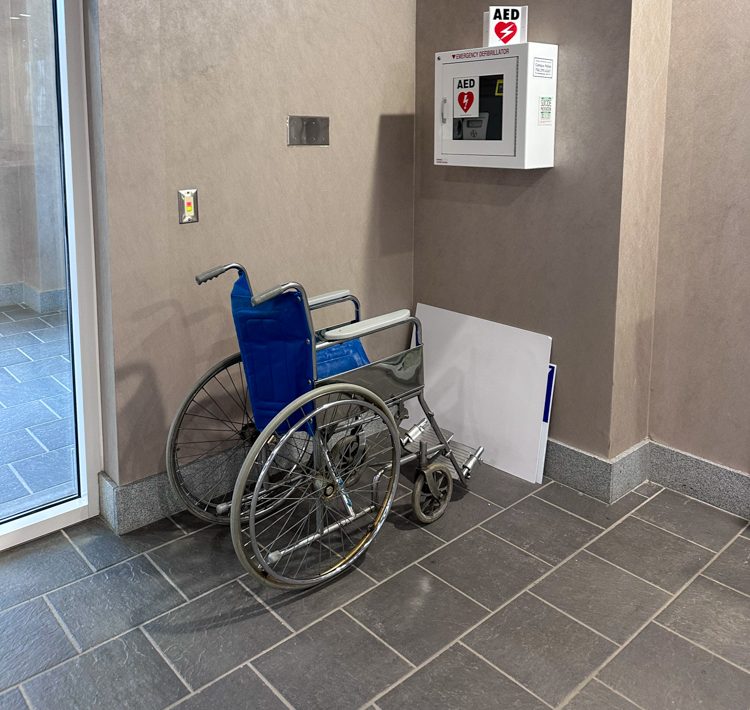
A wheelchair is stationed near the entrance of the A building, adjacent to the door leading to the campus police office and the HUB, for anyone in need of assistance.
“We actually went out and looked at the costs of trying to put in a walkway there,” Johnson said. “There were some issues that made it harder than just being able to start the process so easily. There are also certain ADA guidelines we have to follow.”
Disabilities and Career Counselor Specialist, Kim Linek shared her enthusiasm when asked if she knew about the proposed project for a sidewalk at the A building.
“A sidewalk from the accessible parking to that door for people who need it is essential because it puts them much closer to the elevator,” Linek said.
When asked why there was no handicap parking in front of the student center, Linek added that it may be because of the unlevelness of the parking lot. Prompting that those with accessibility issues would have trouble using wheelchairs on a sloped lot.
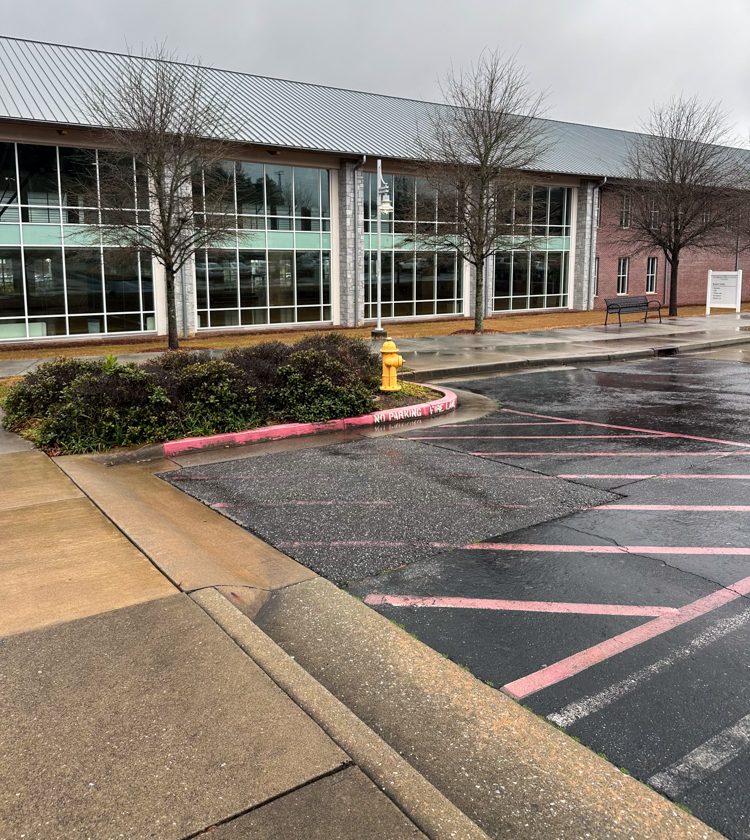
Taking a closer look at the ramp in front of the Student Center, also known as Building B, reveals that while there is no nearby handicap parking, it can still be used for drop-offs.
Despite the challenges, Linek commended GHC for its overall accessibility efforts. Having mentioned she worked as a social worker for several years and that GHC is one of the more accessible campuses she has seen for many different types of disabilities.
“The question I encourage people to ask isn’t whether something is accessible, but who is this accessible for? And under what conditions?” Linek said. “If a student comes to us with a specific issue, they can request accommodations.”
This highlights the proactive approach encouraged by Linek’s department to address the accessibility concerns. Vanhook’s perspective on the matter echoed Linek’s sentiment, emphasizing the role of disability counselors in facilitating accommodations.
“The facilities part of this process is implementing the required accommodations once they are communicated to us from the disability counselors,” VanHook said.
Proposed solutions are underway, but collaborative efforts between involved faculty and proactive measures are necessary to ensure inclusivity and equity for all members of the campus community.

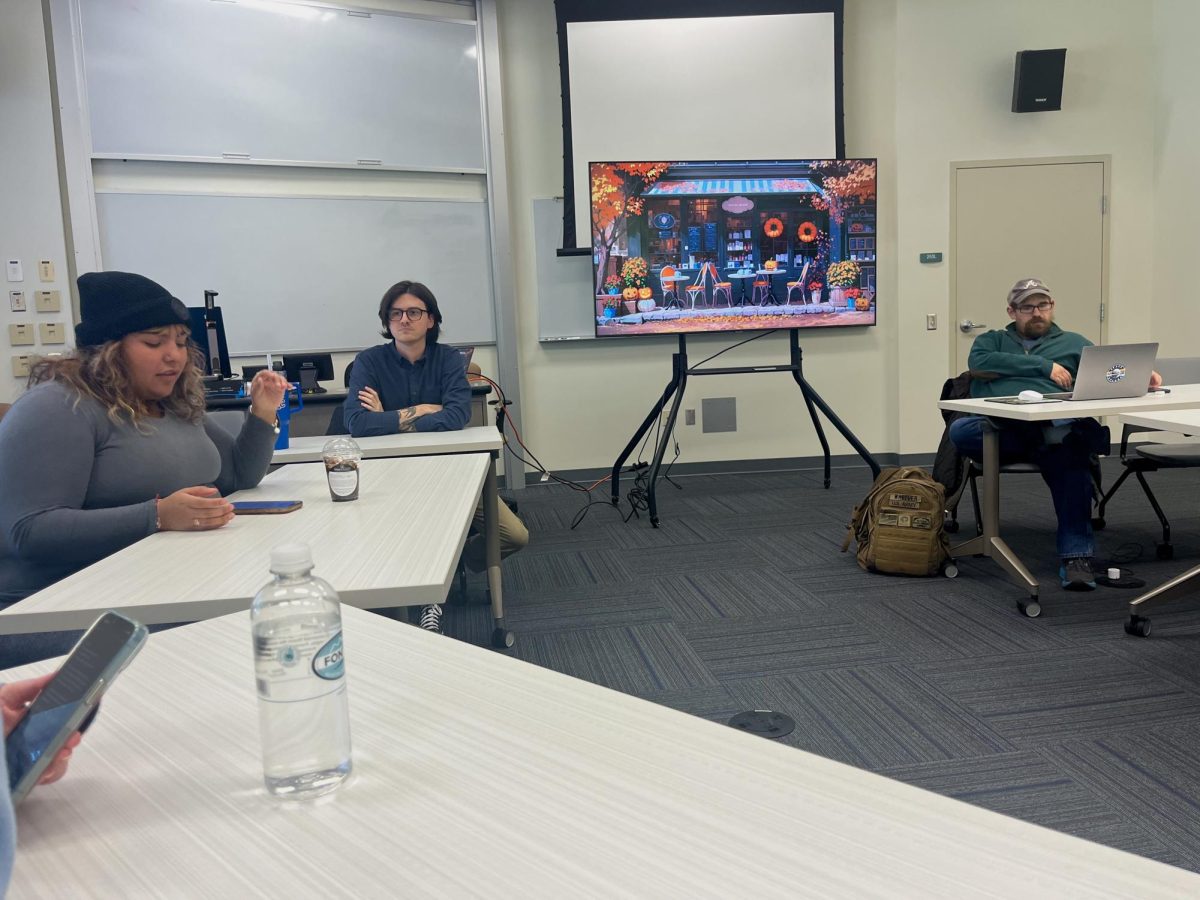
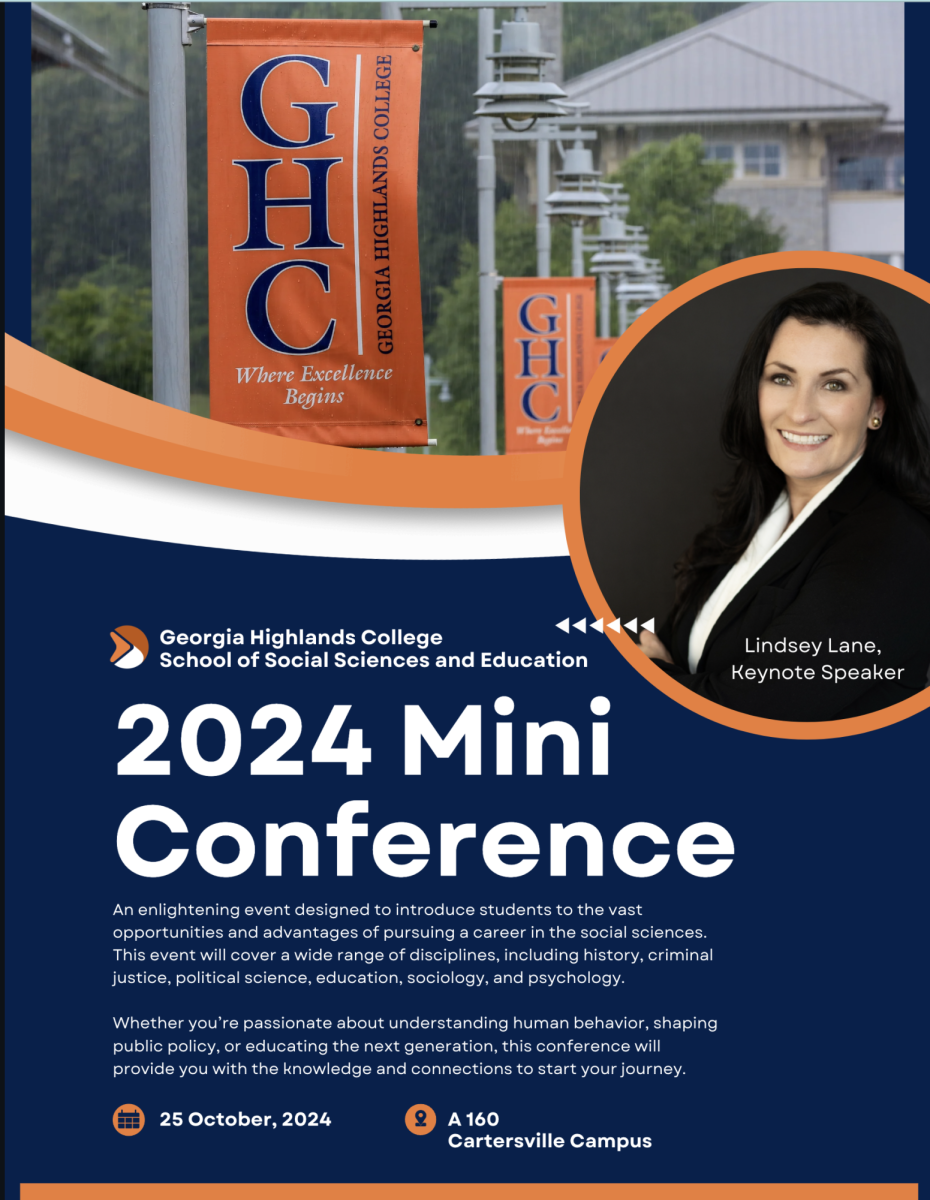


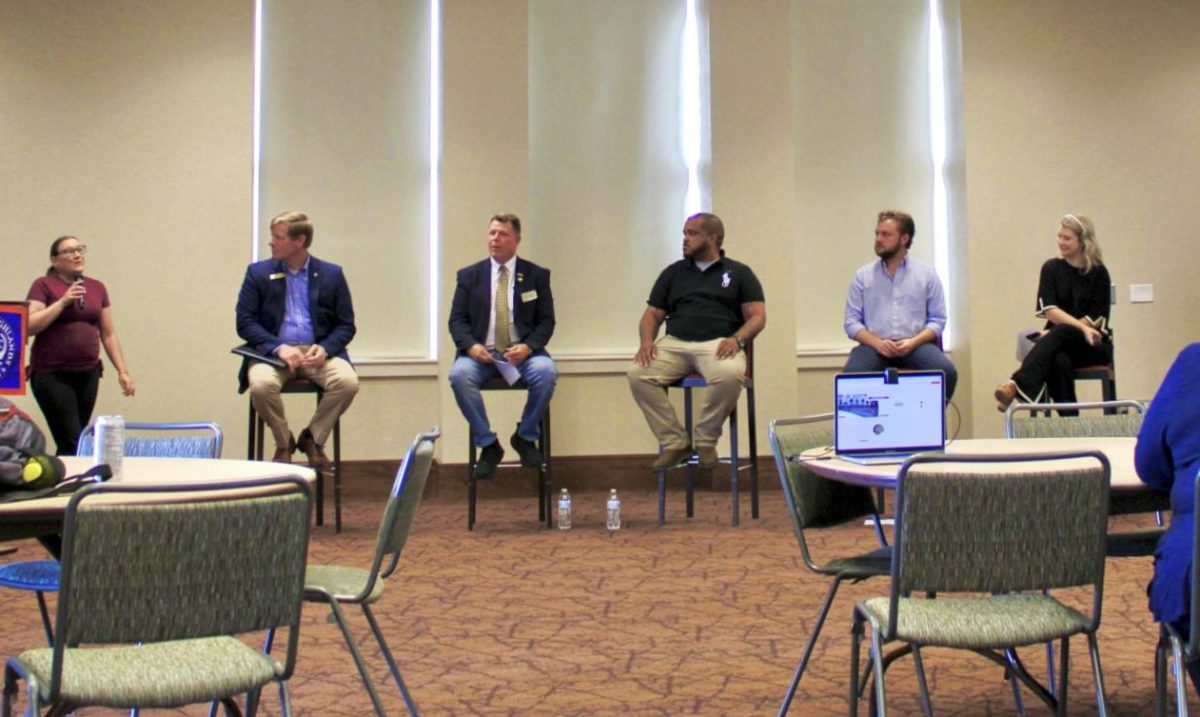
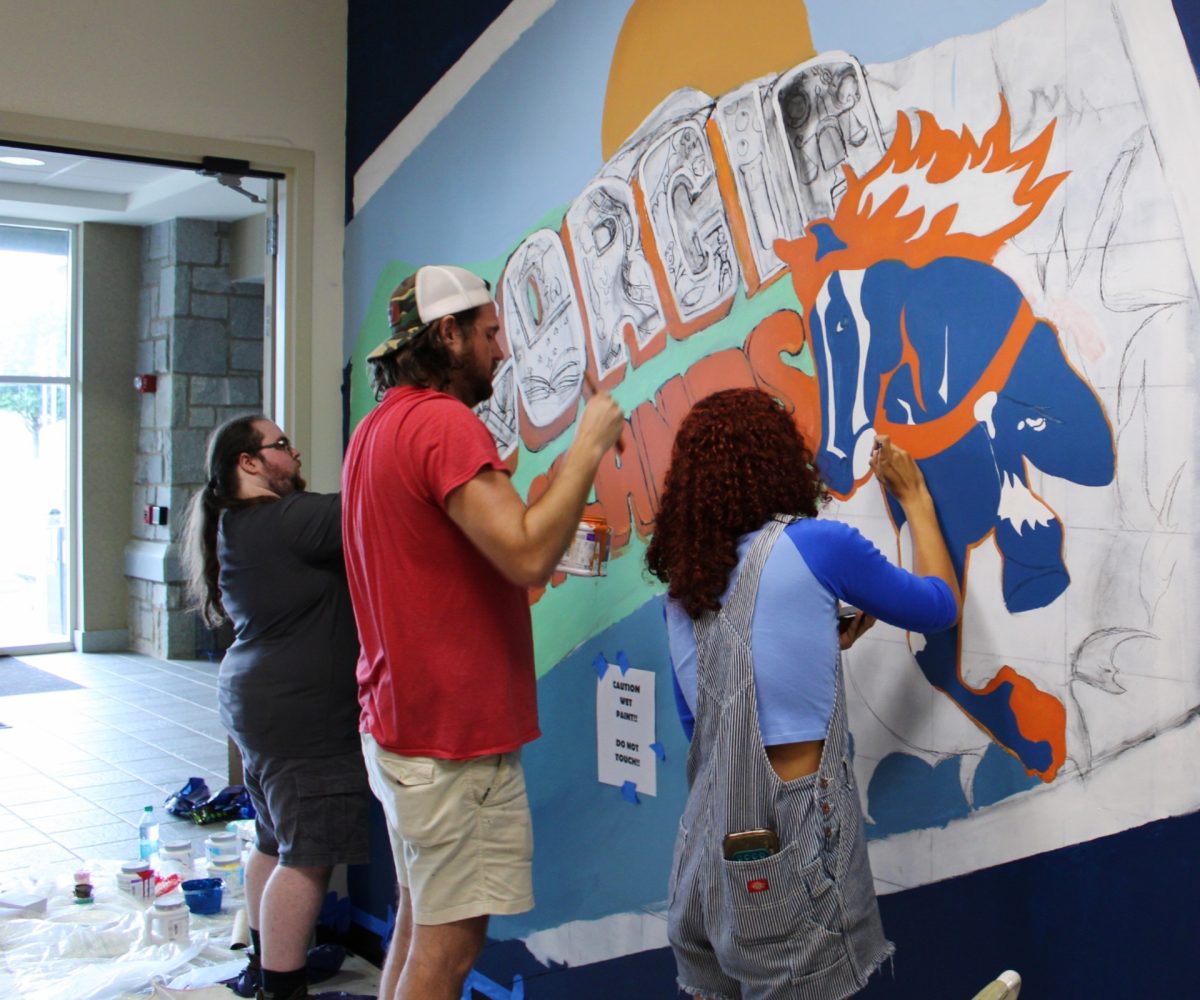
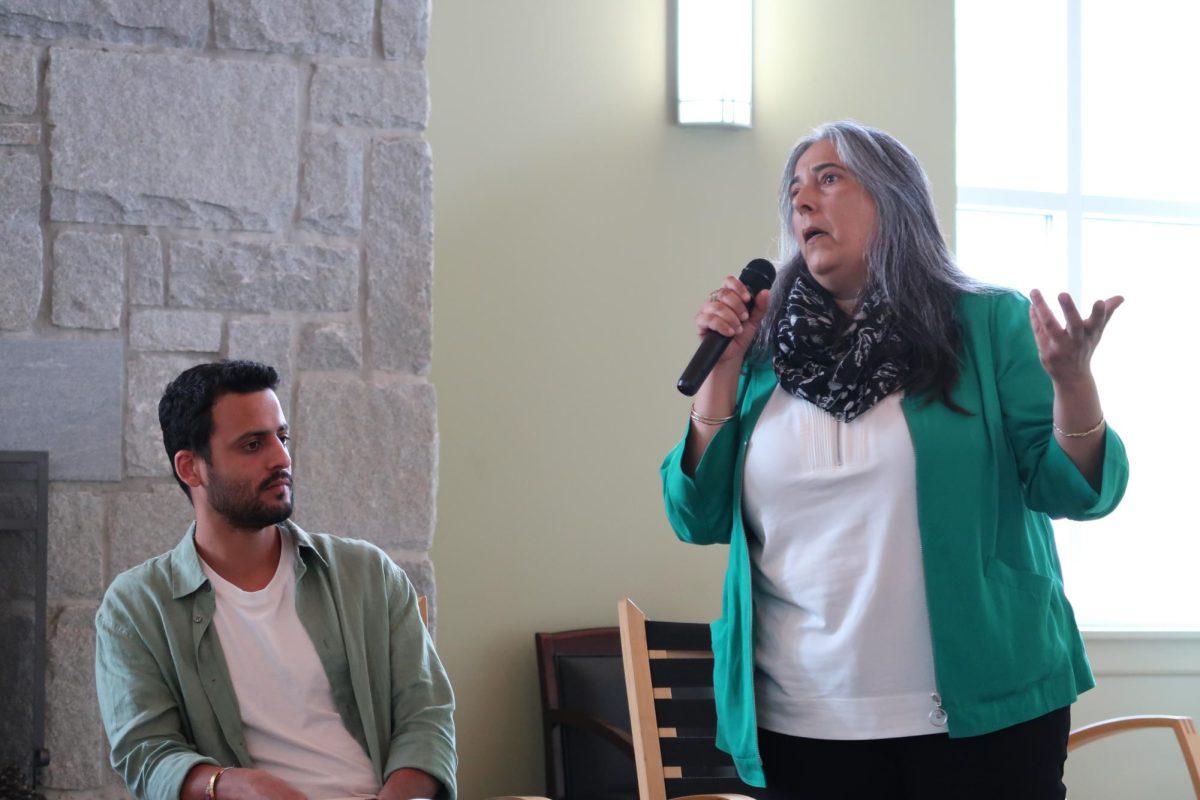
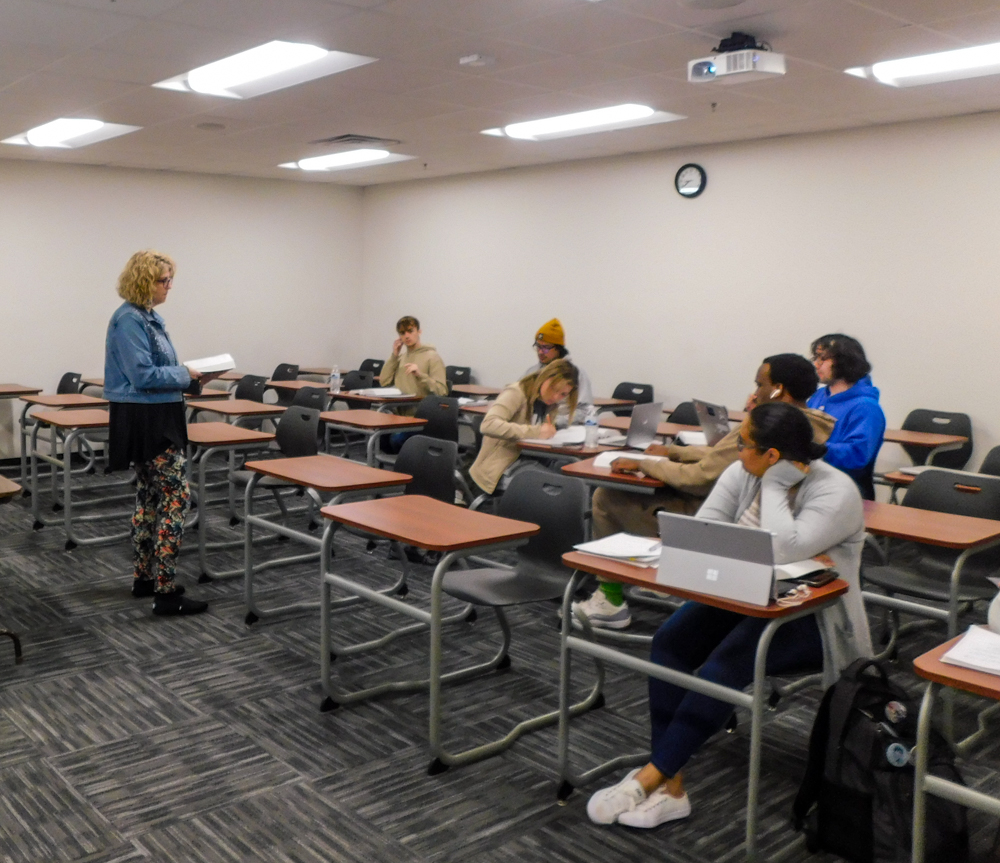
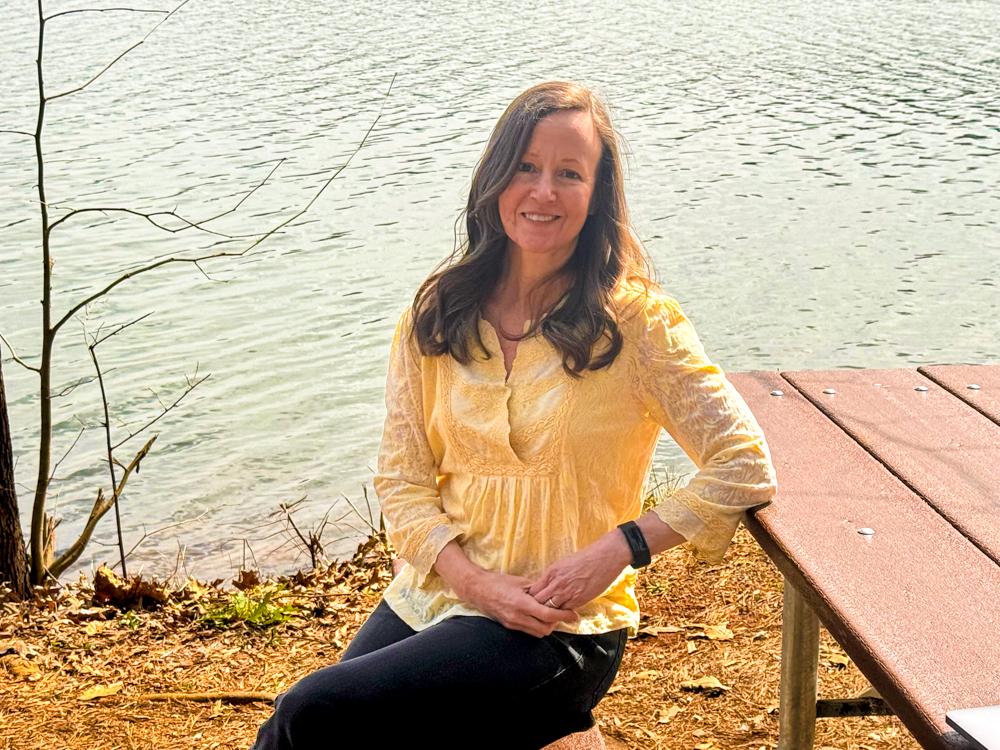
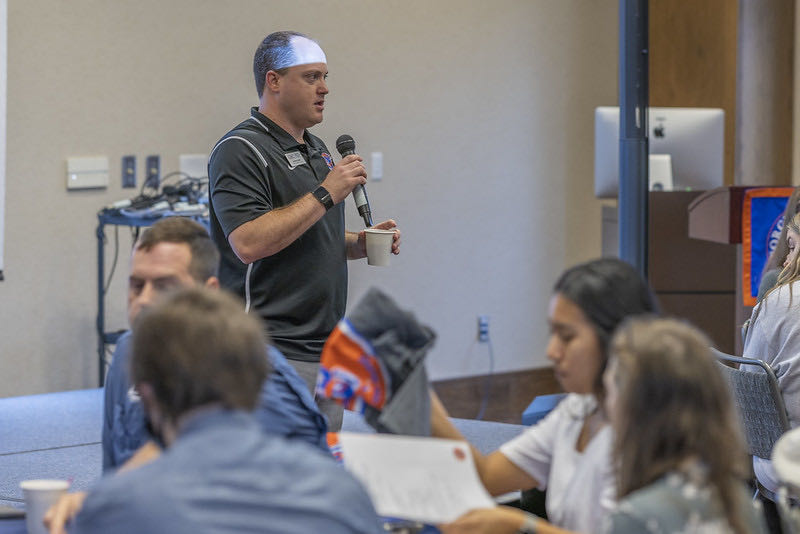




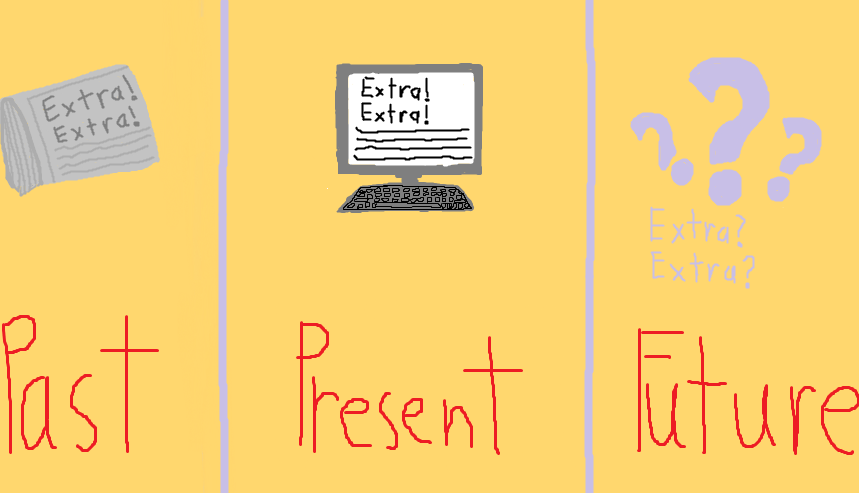
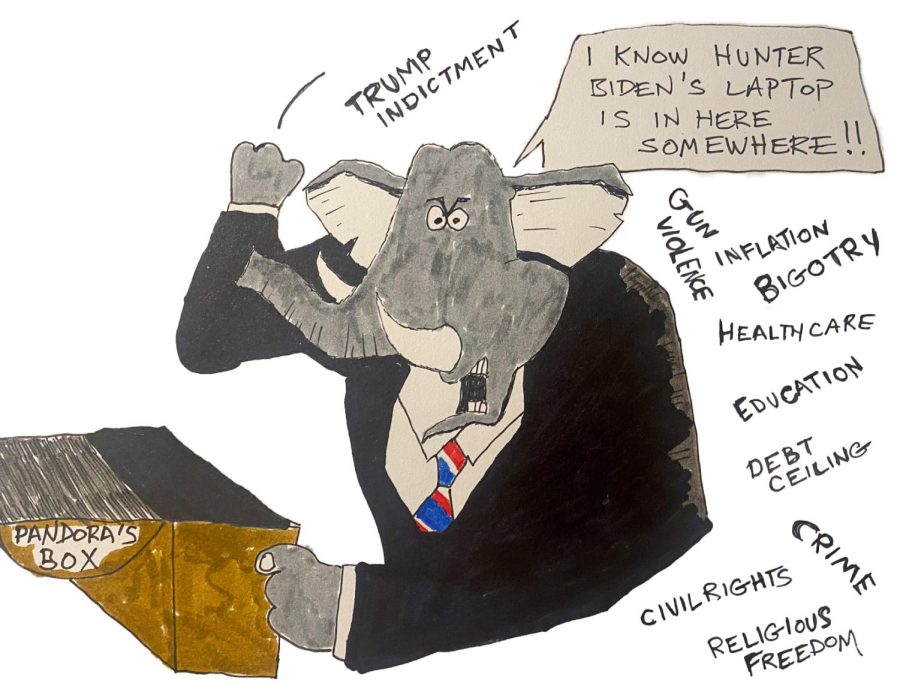

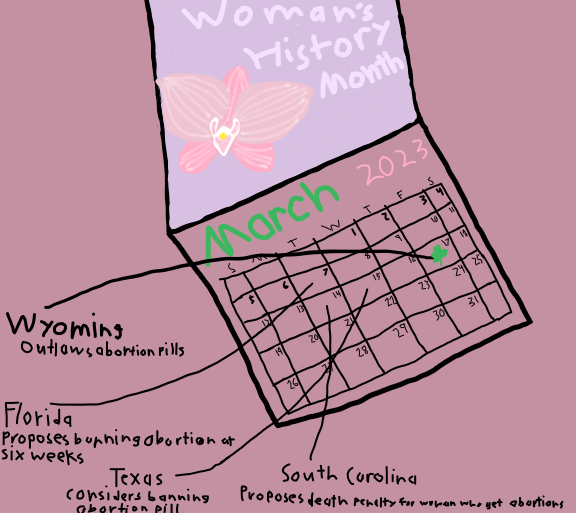



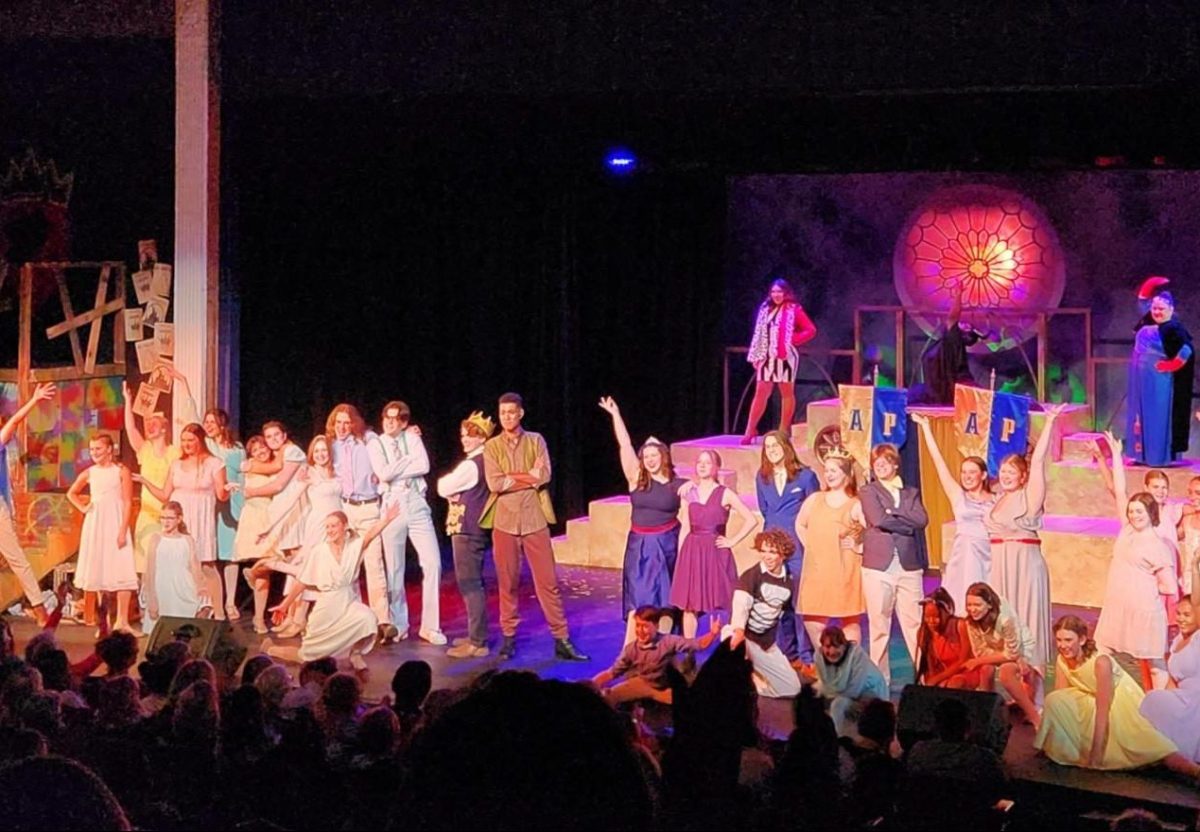
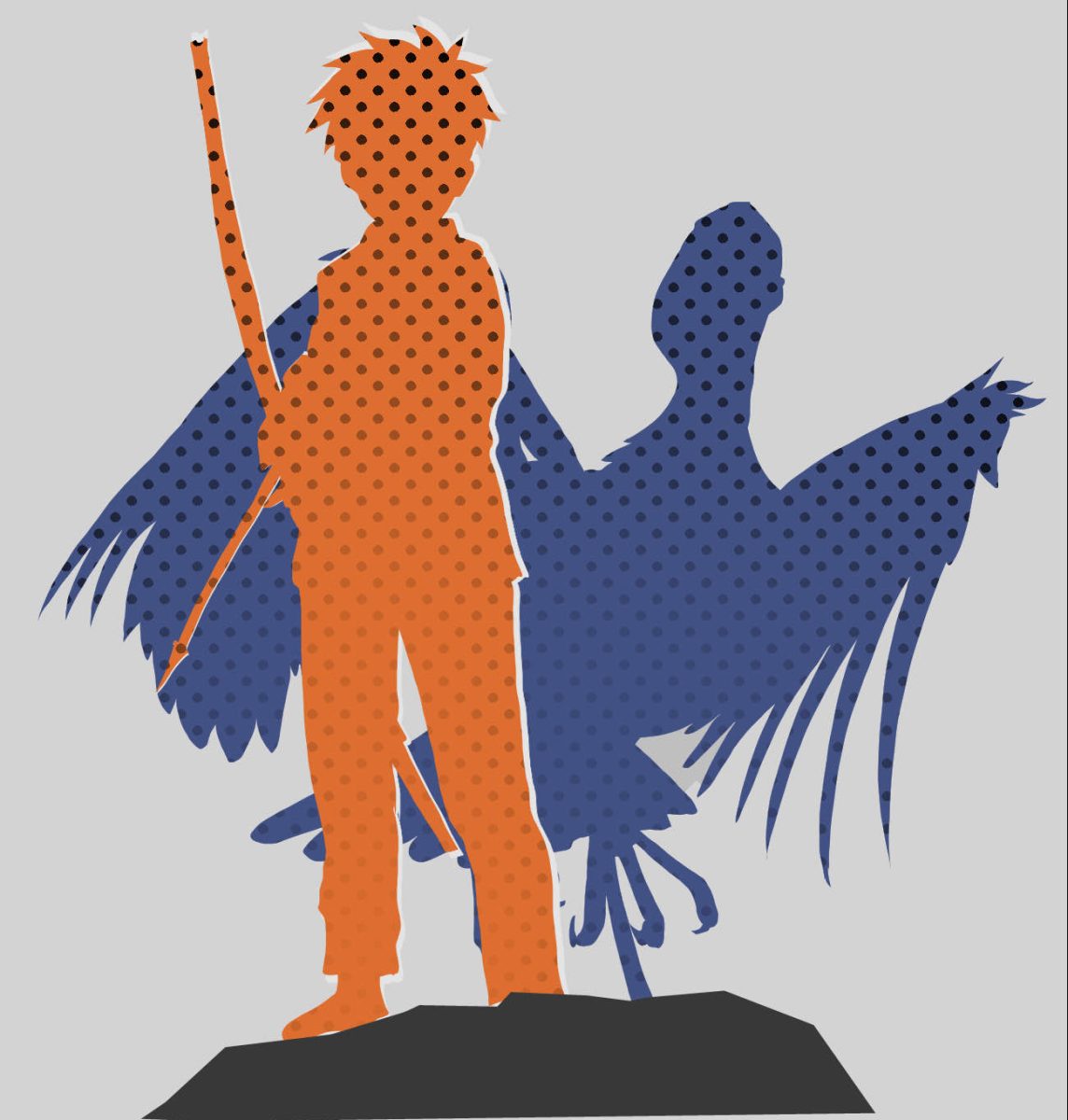
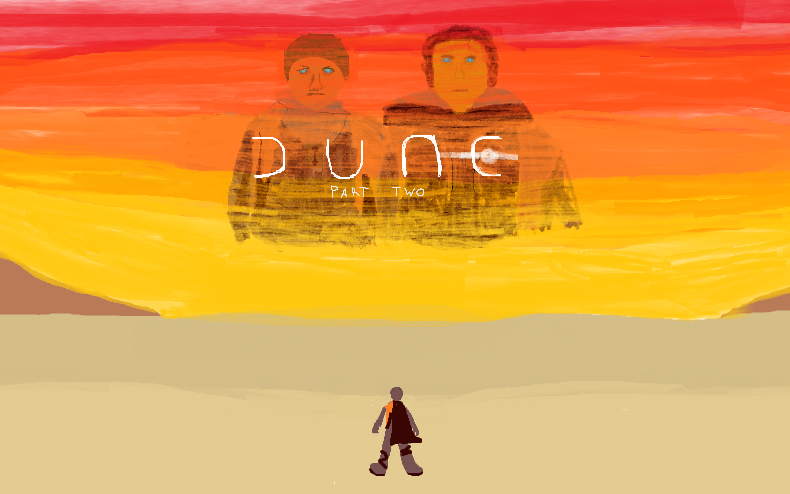

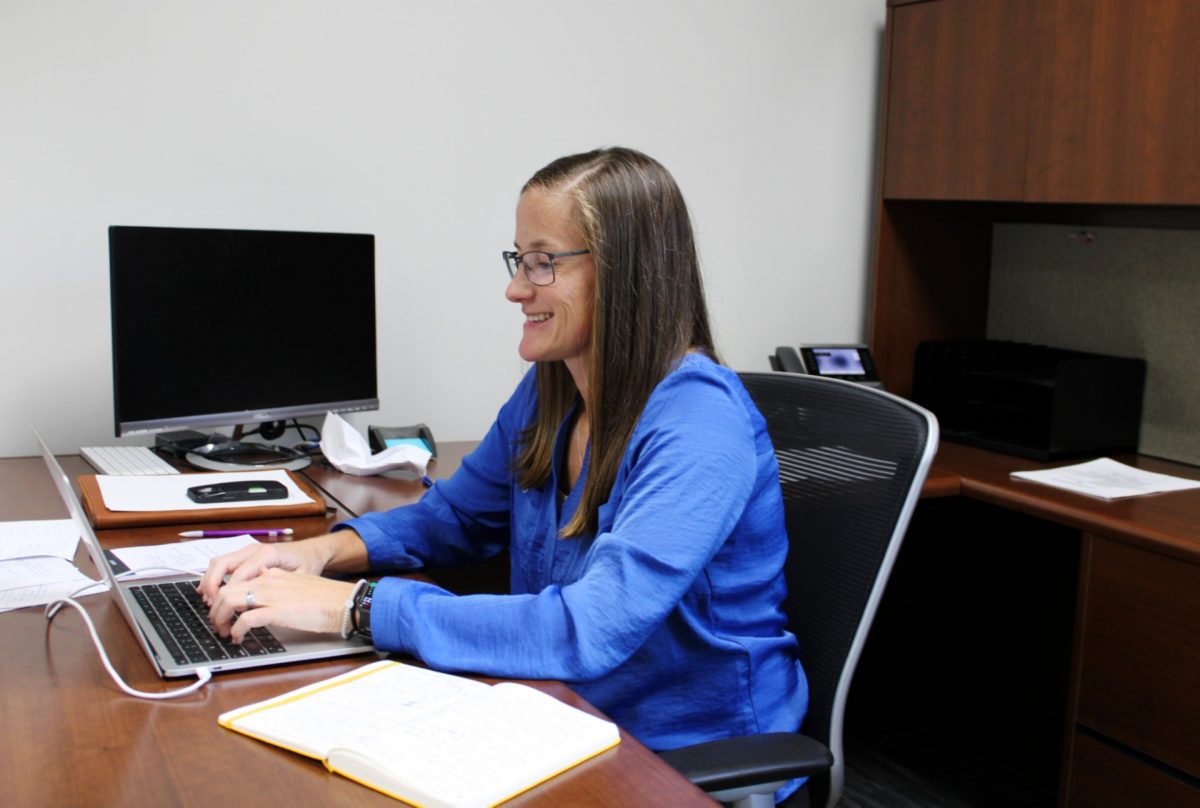
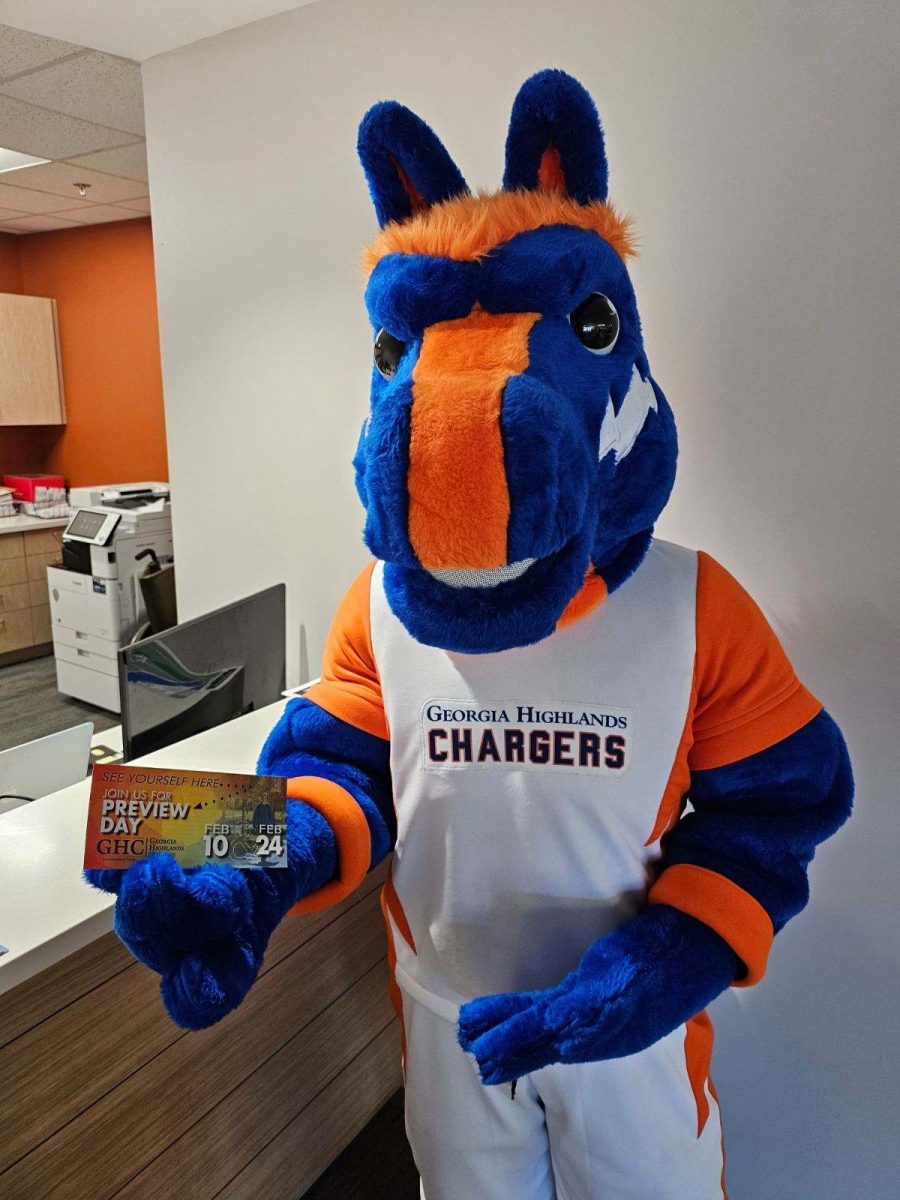

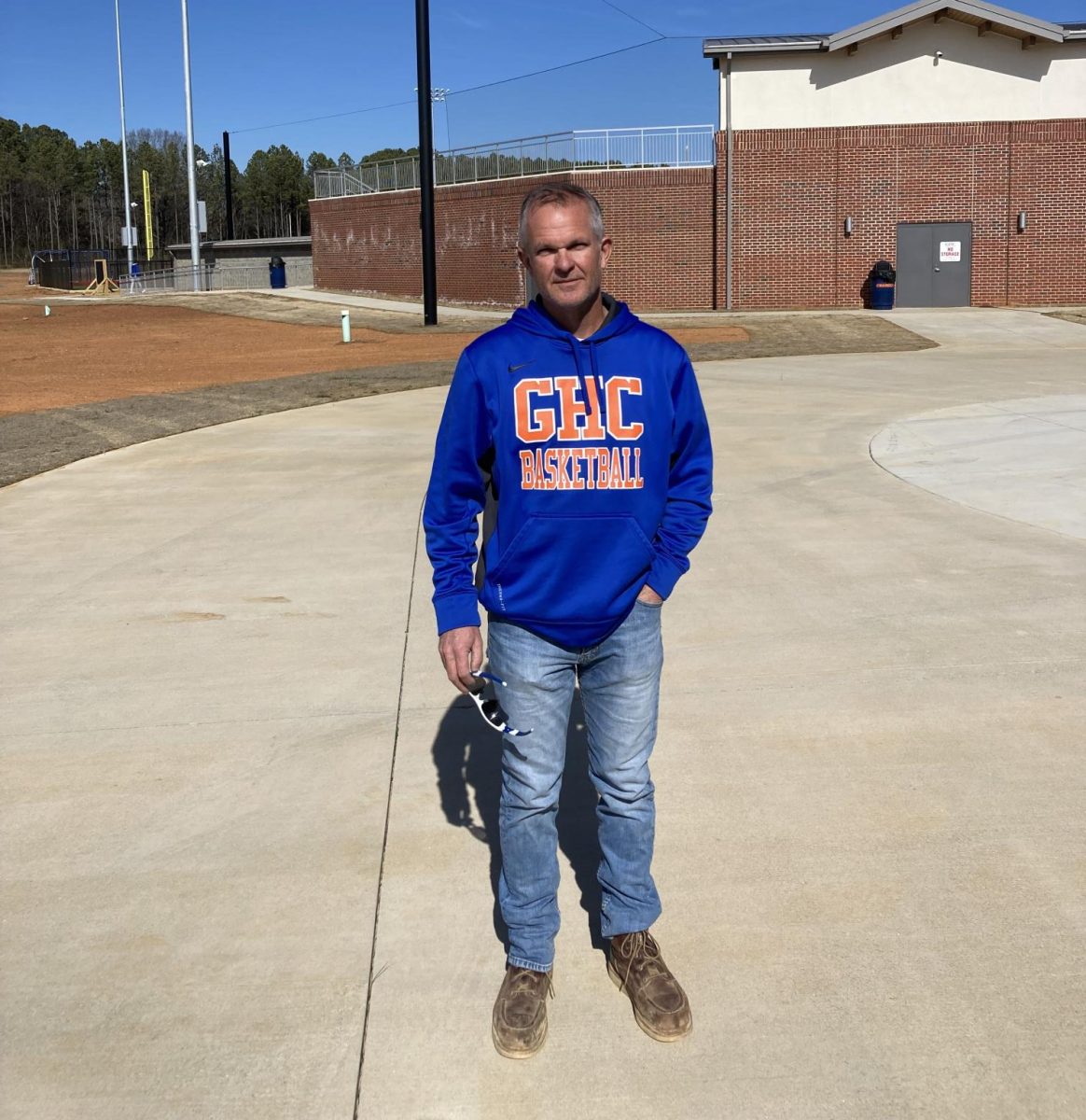
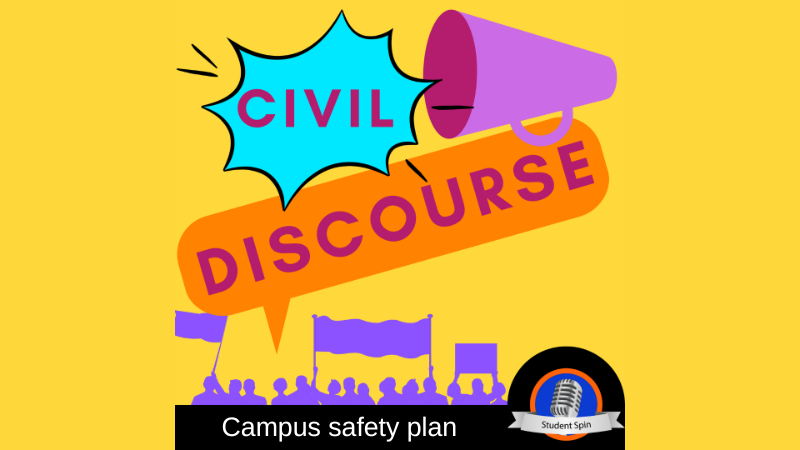
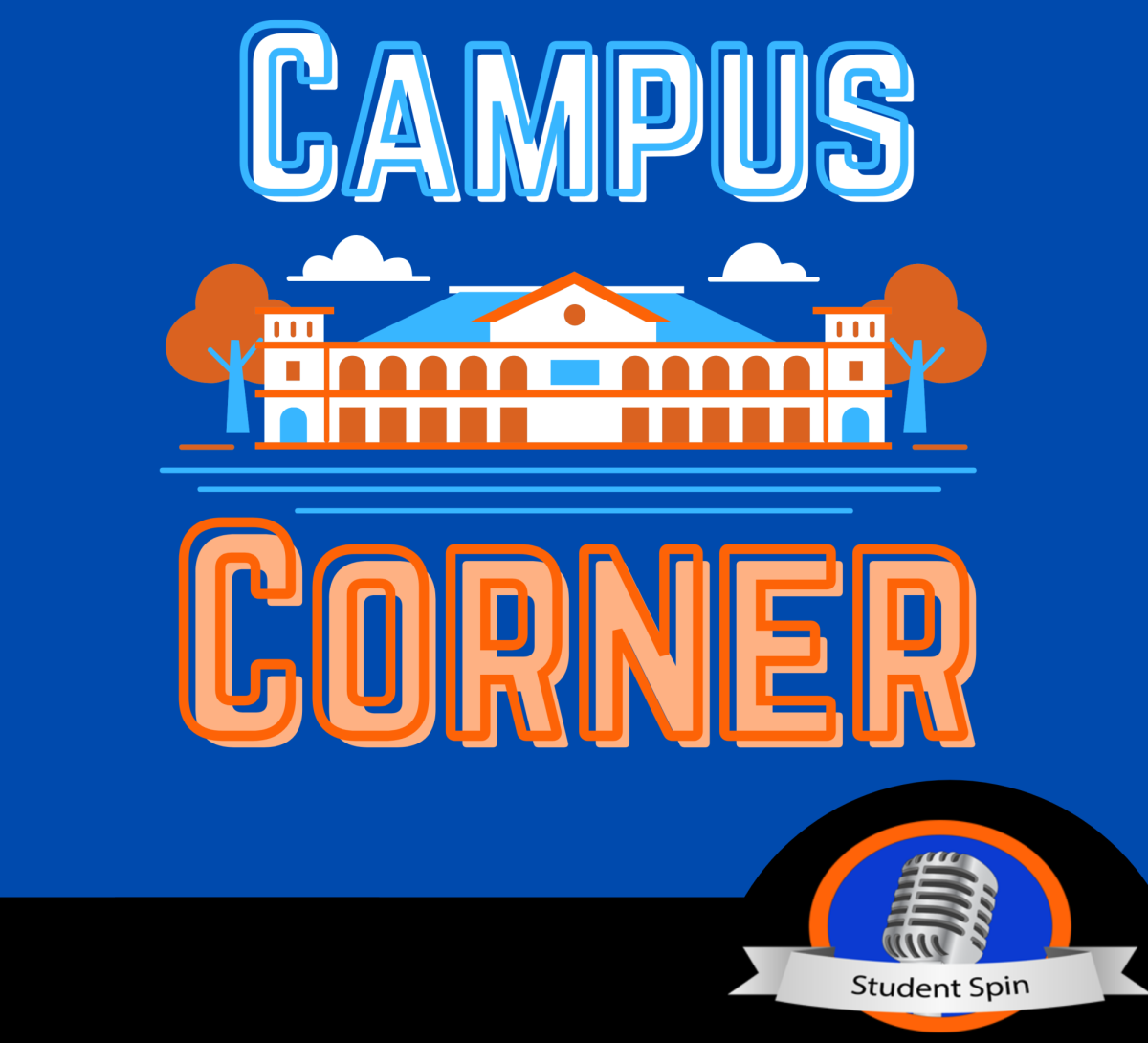



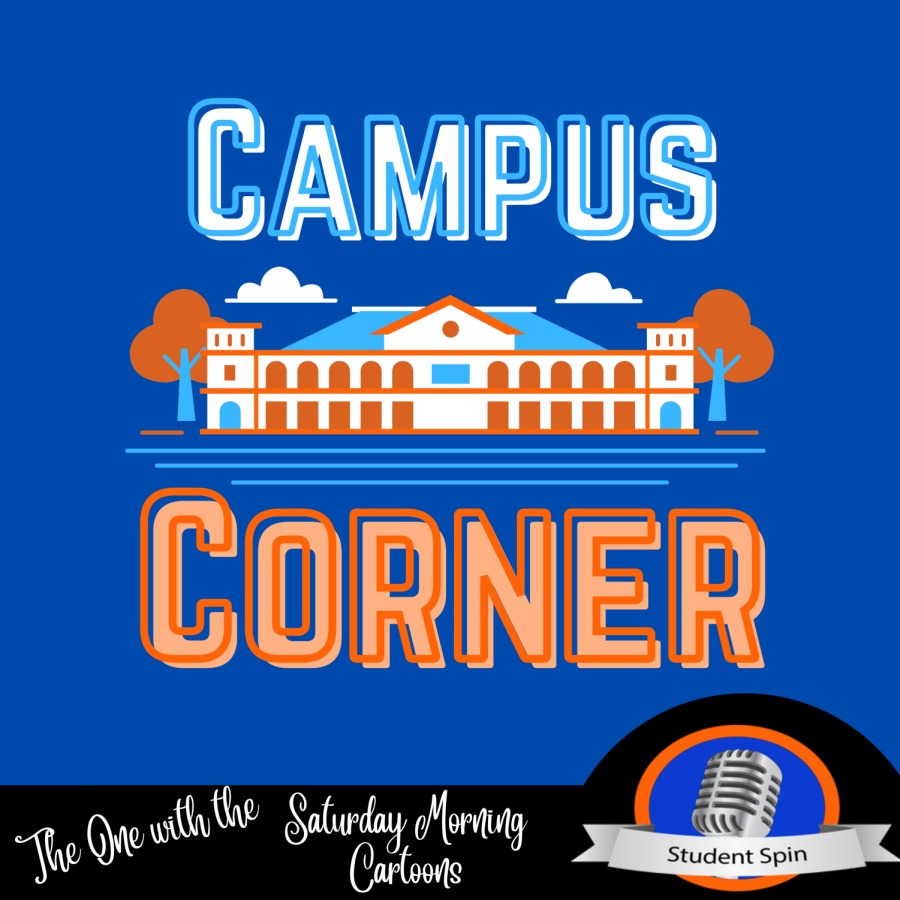
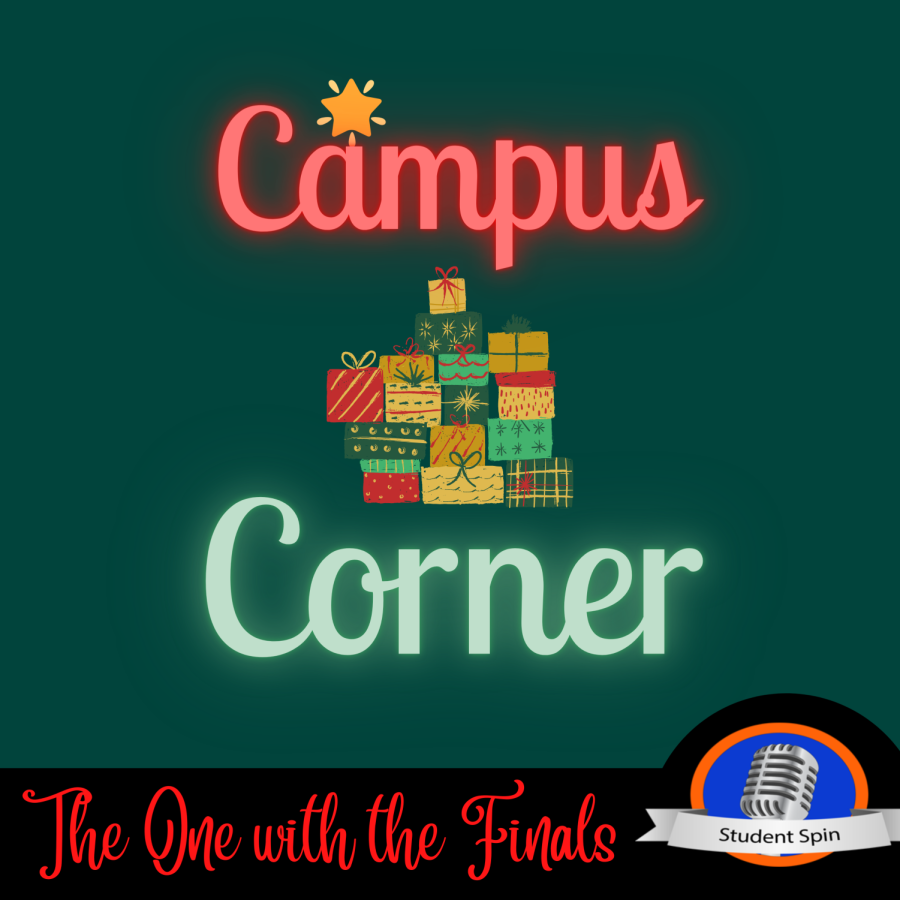
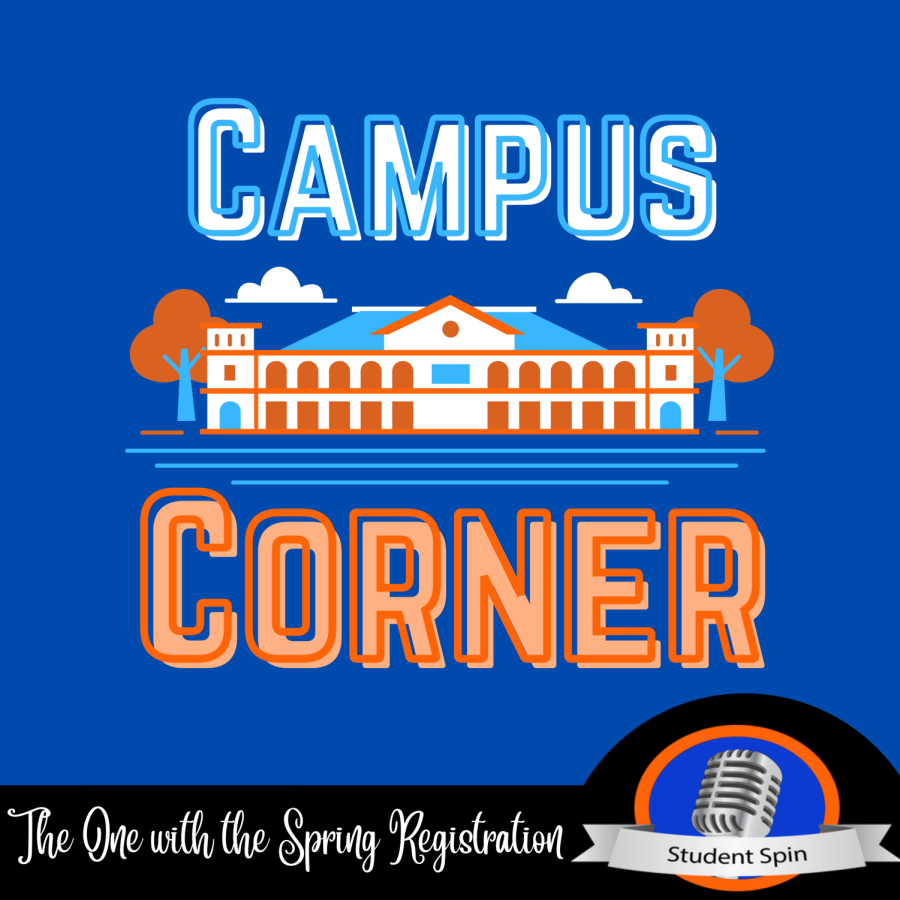
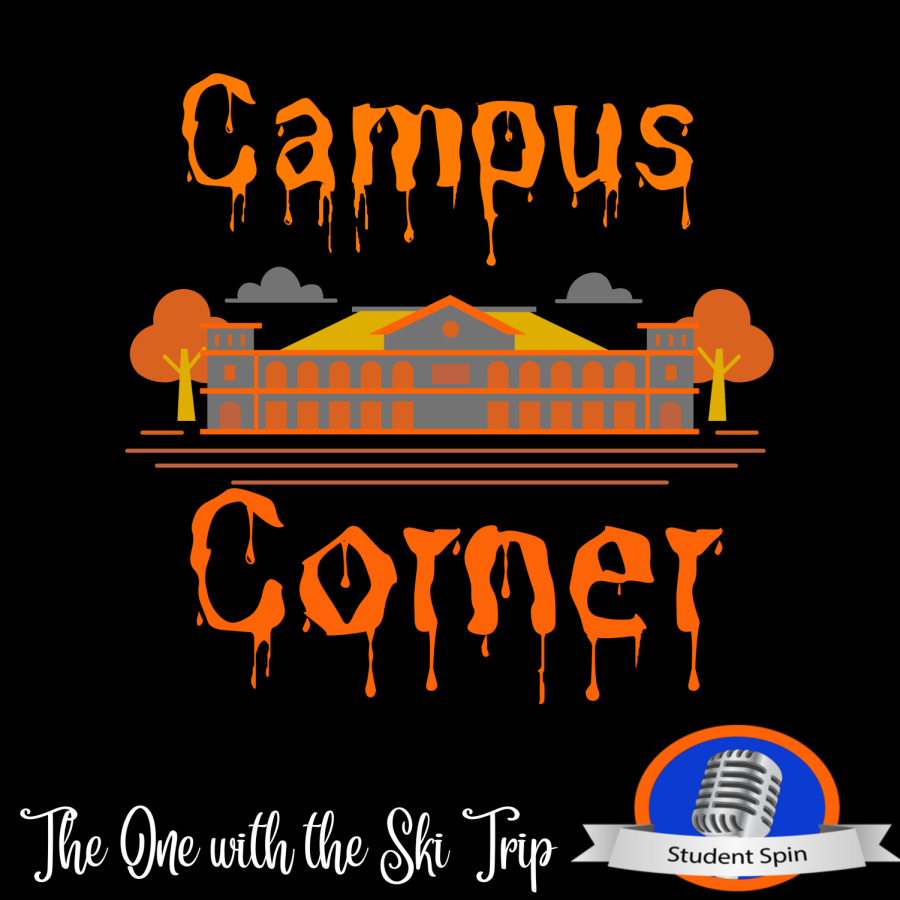
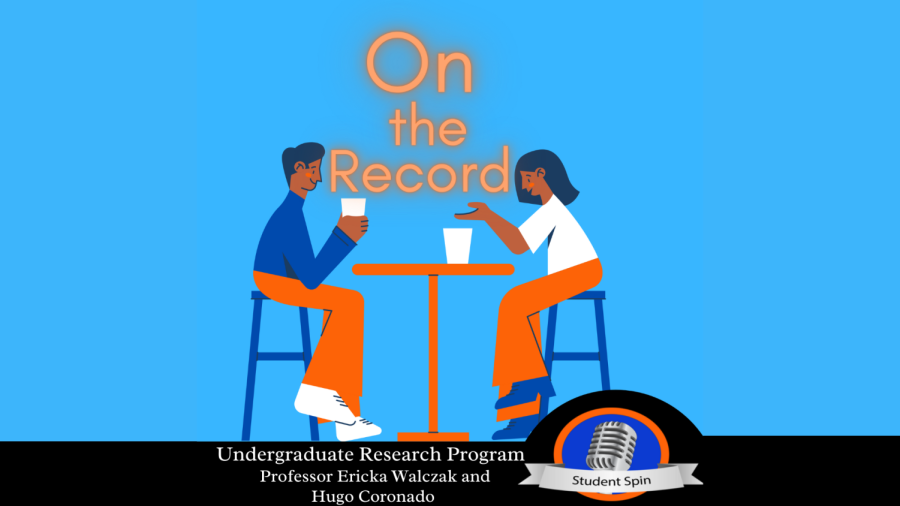



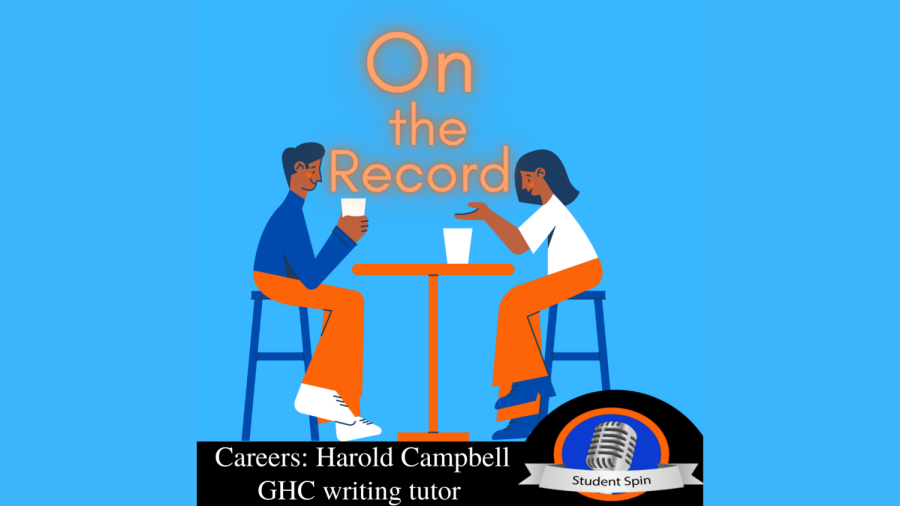


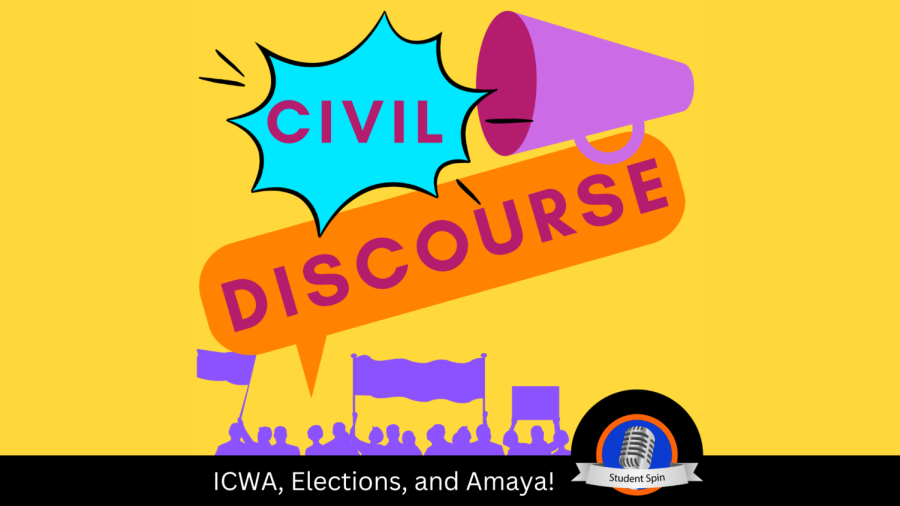

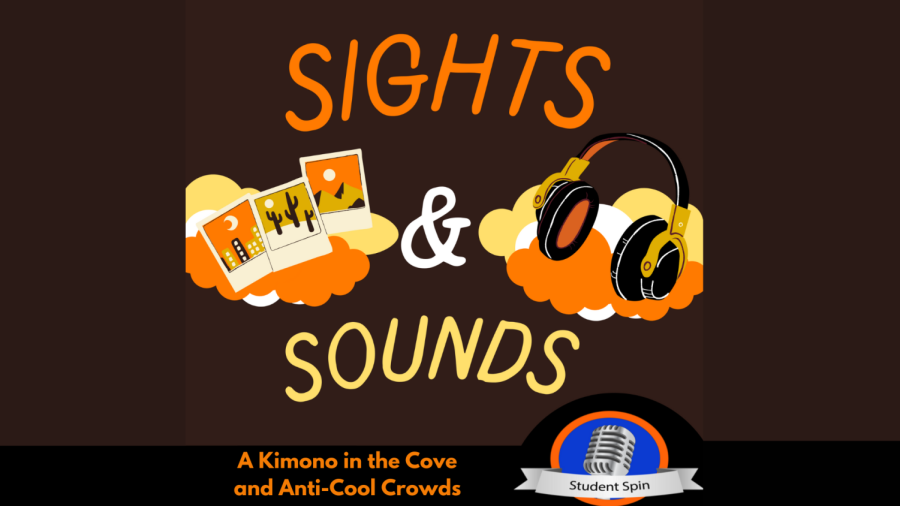


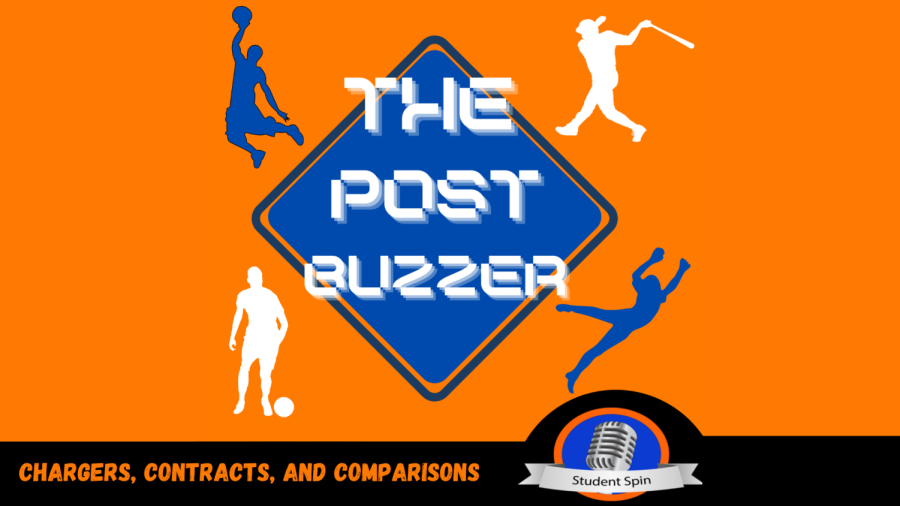
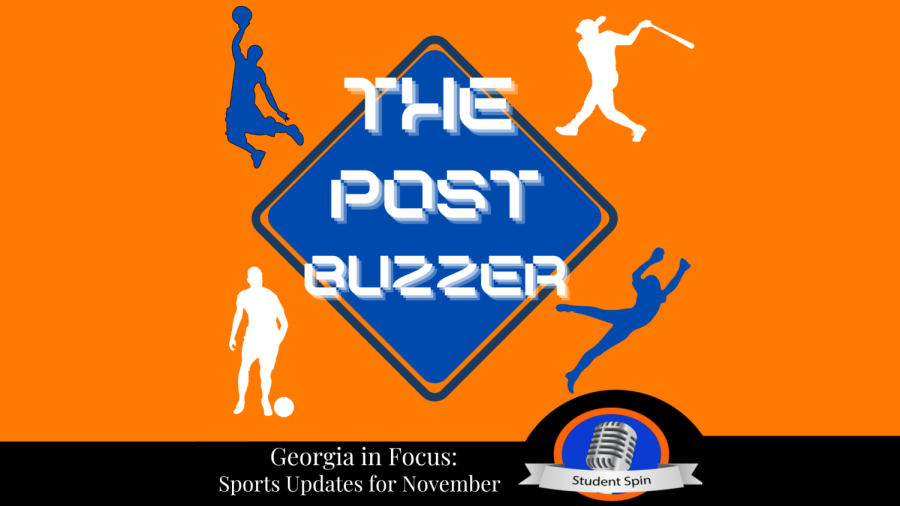
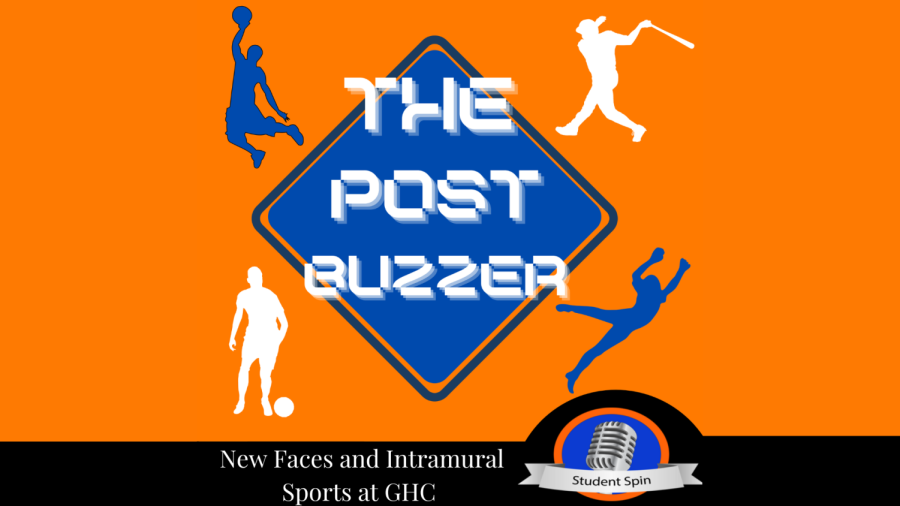
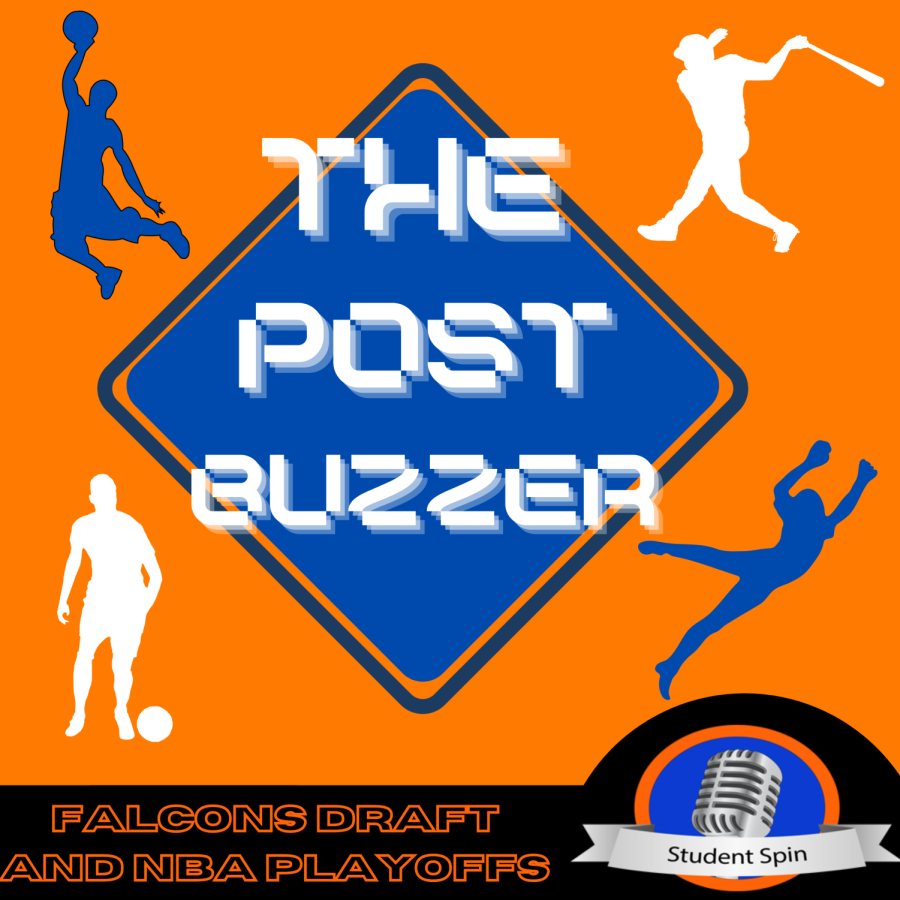
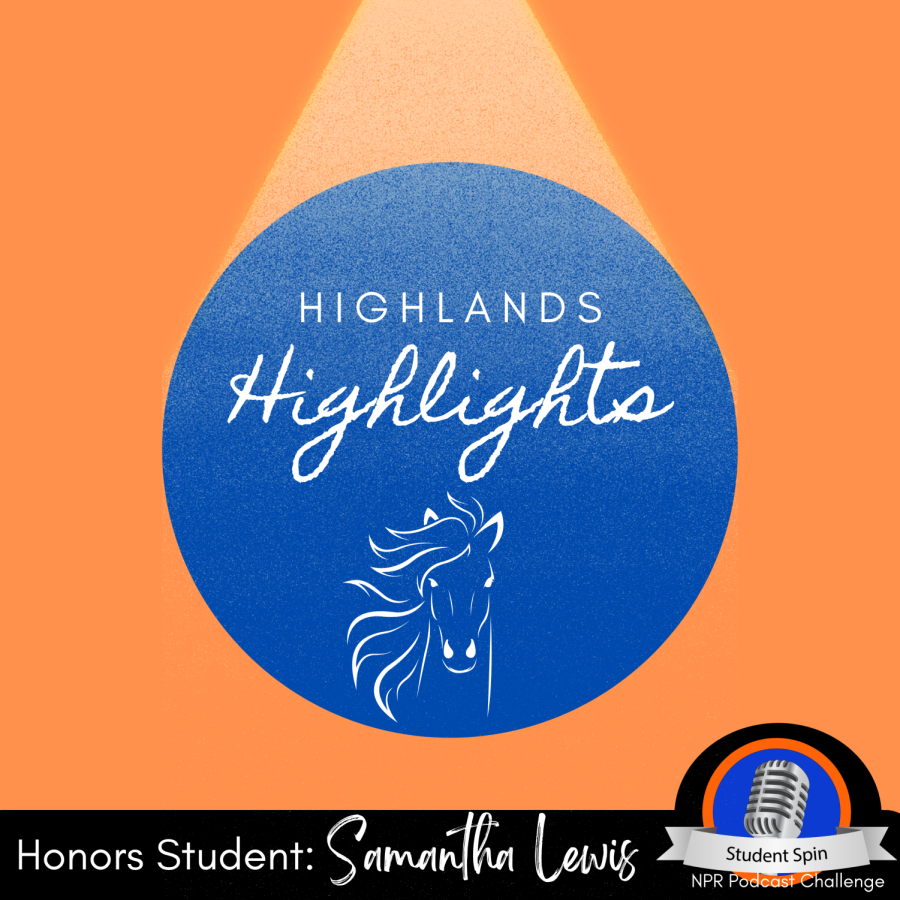
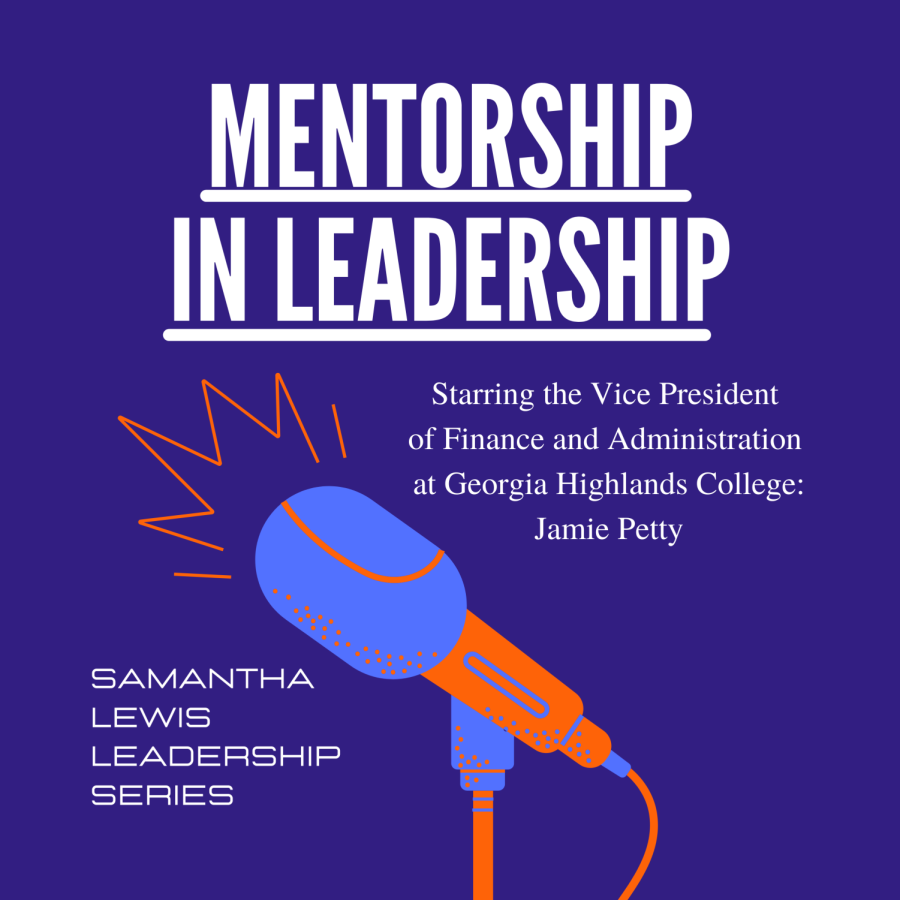
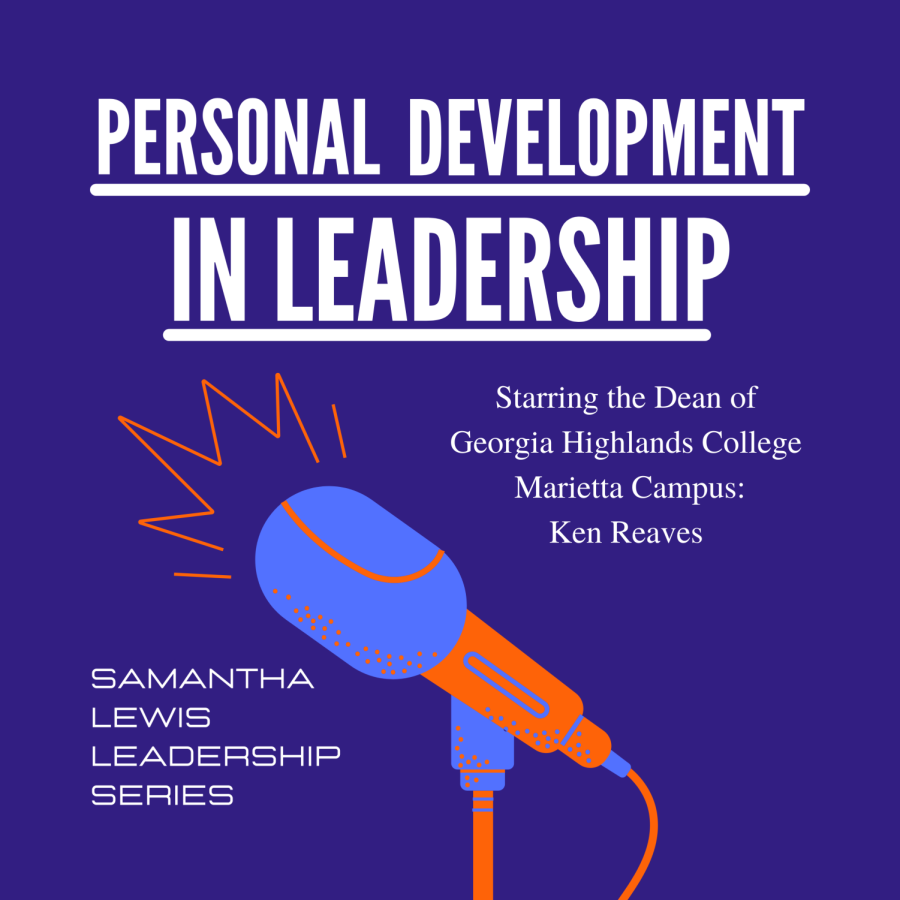
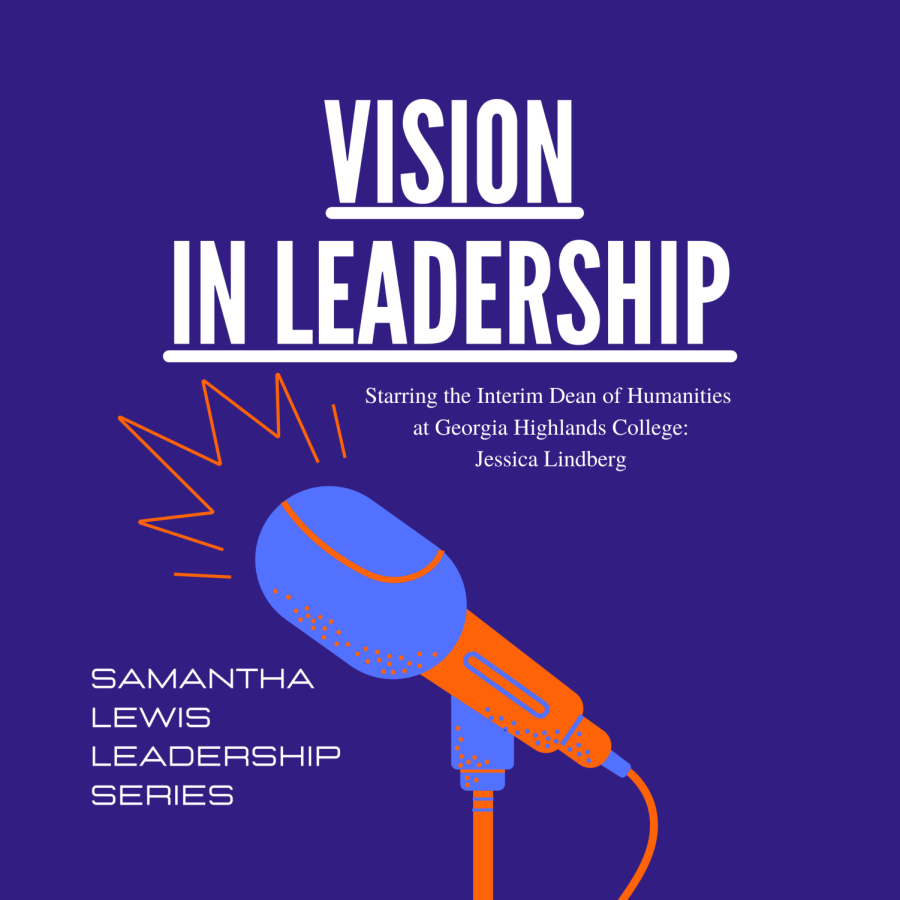
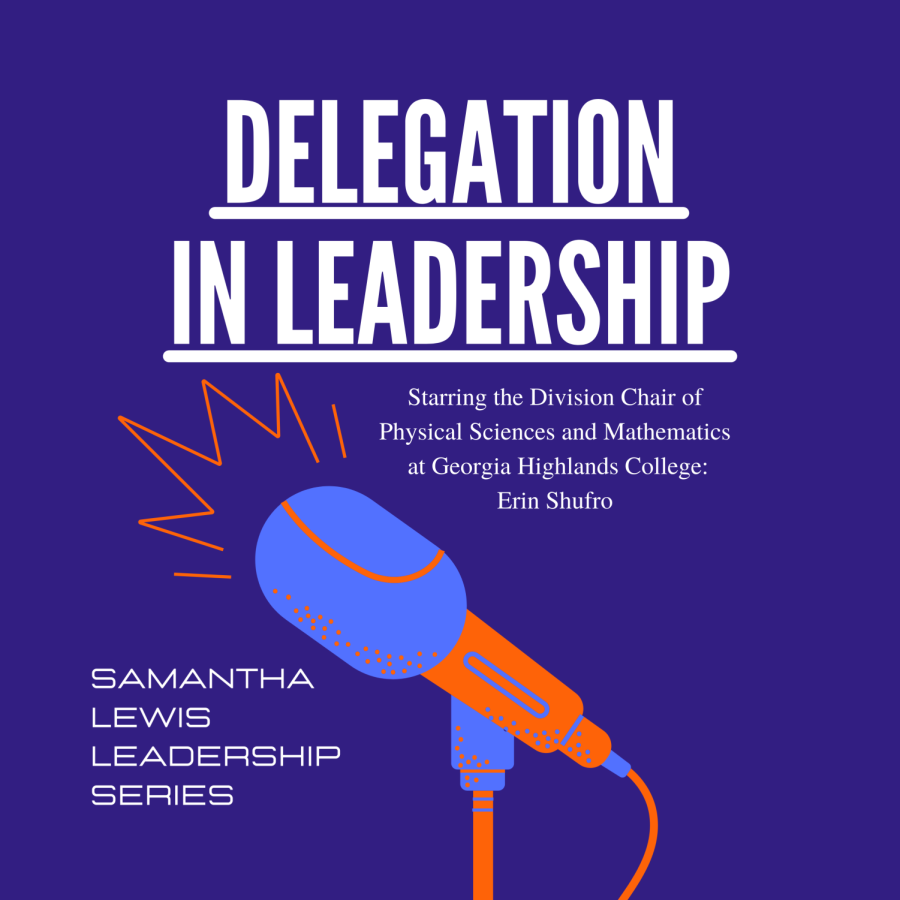
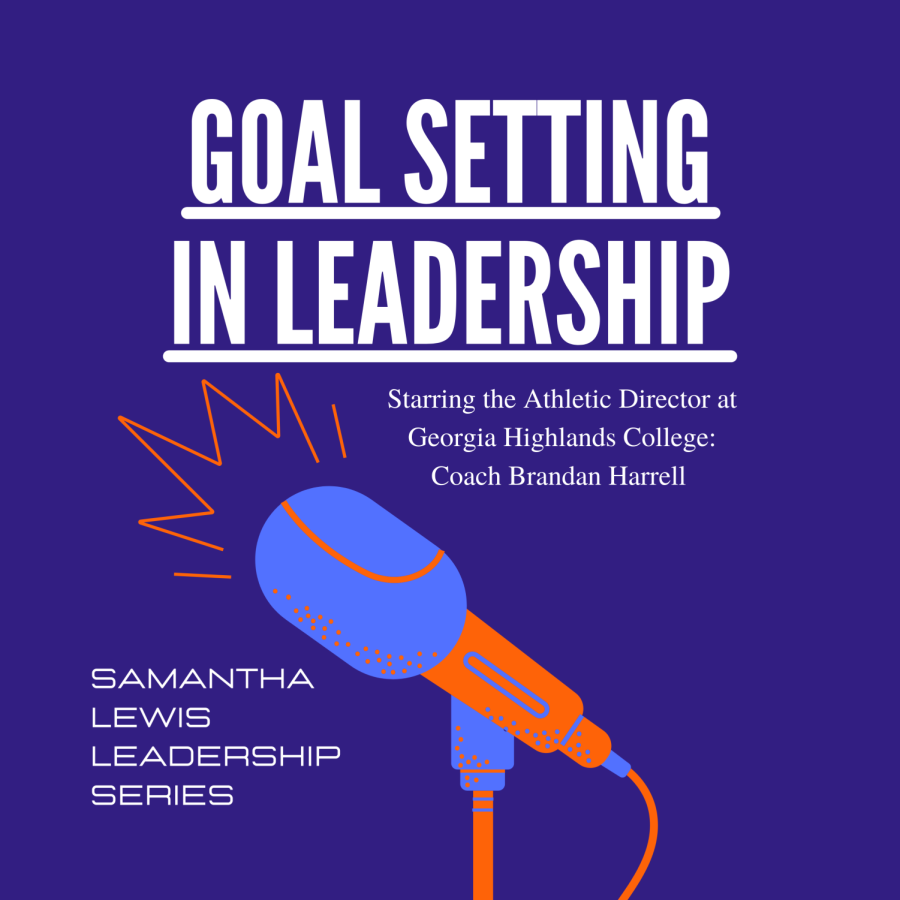
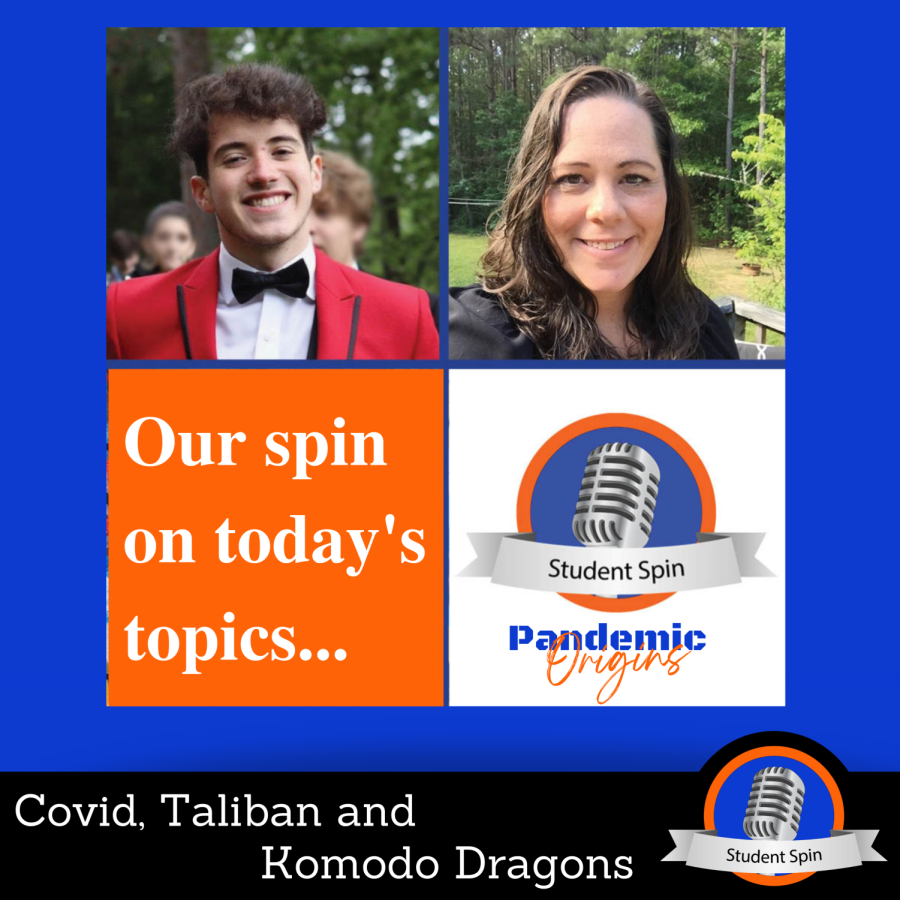

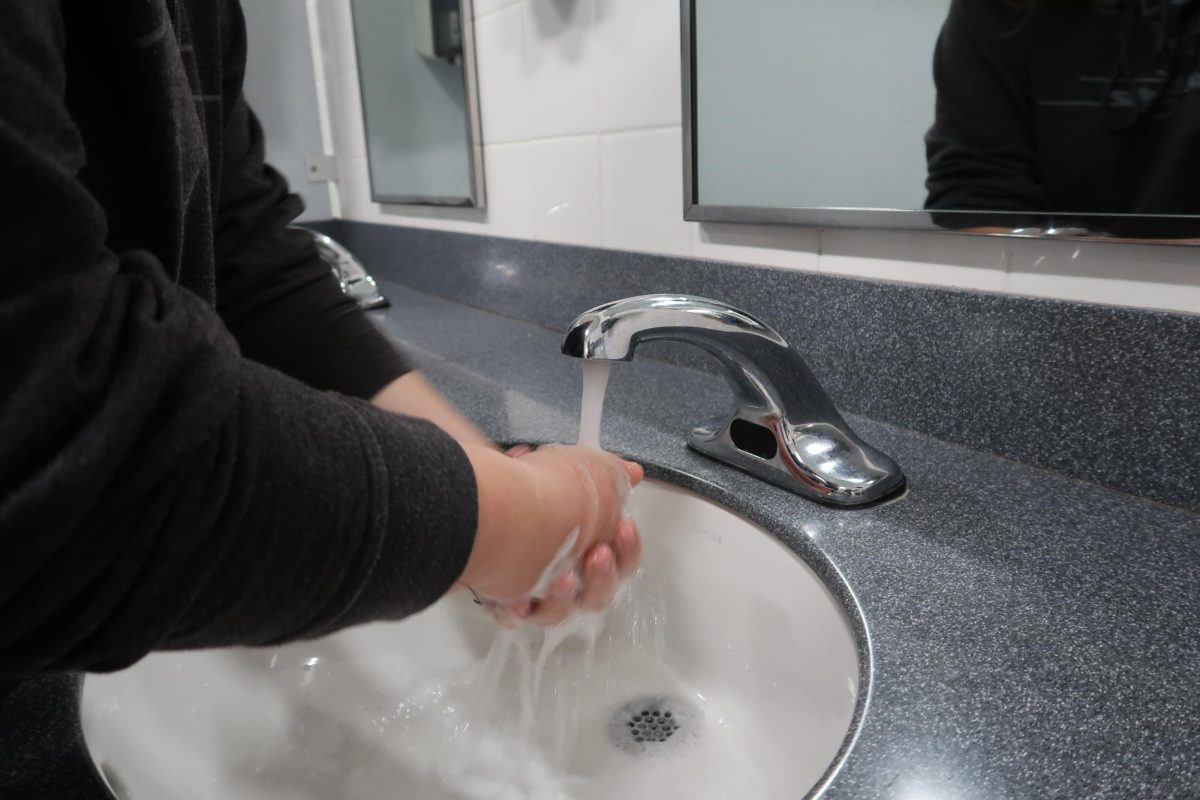

Jessica Lindberg • Feb 21, 2024 at 6:44 am
Excellent article, Anna! Thanks for looking into this important issue.